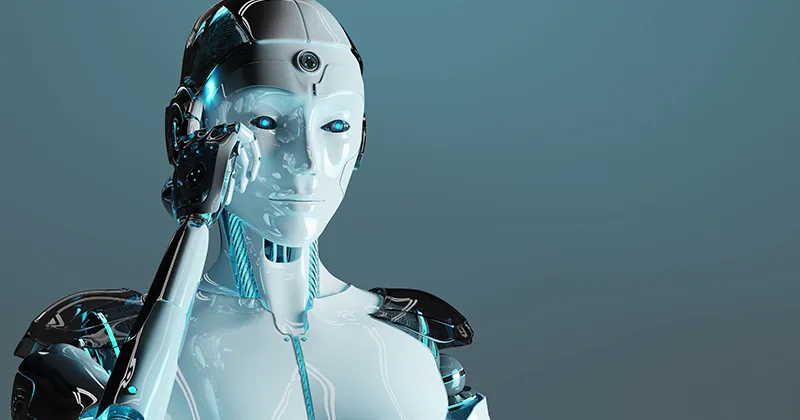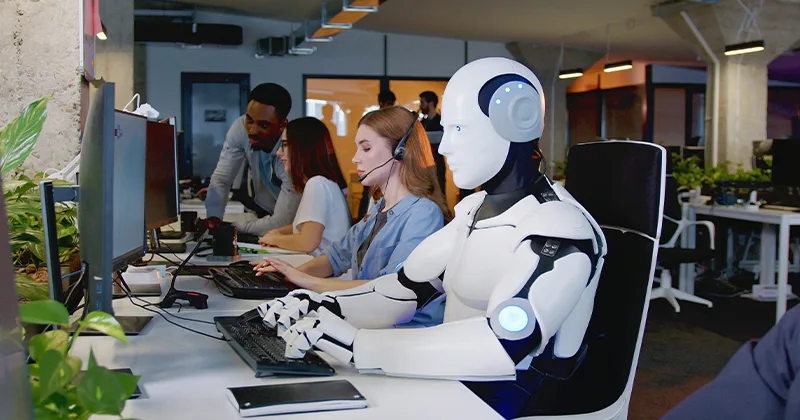49 mins read
AI And Mining’s Brave New Frontier

Some might have misgivings regarding the implementation of artificial intelligence (AI) and how its analytical power will replace traditional methods across the mining sector. However, its purpose is not to replace human beings. Rather, AI’s role is to supplement and support the human factor.
By delivering ‘for the first time’ a truly complete overview of every aspect affecting a mine’s performance, we can achieve greater safety, accuracy and productivity. Since the theory around AI is surrounded by a morass of disjointed terms and conflicting opinions, we must first define a few factors before unpacking the impact it will have on the mining sector.
What is artificial intelligence and machine learning?
Put simply, one feeds into the other. AI is the theory and development of systems whereby computers can create streamlined methods of performing tasks that usually require human intelligence. These include data analysis, speech and image recognition, and decision making.
Machine learning is a specific process applied by an AI to accomplish the tasks mentioned above. These are completed by using algorithms that have been designed to teach that system how to improve its performance. And the more data there is to draw from, the better the results. Big data collection is a massive help to this end as the more you know, the better your predictions will be.
Accuracy equals productivity.
Mining is an expensive undertaking; one where the cost to a company must always be monitored. Essentially, you need to know where and how to dig to ensure a maximum return on your investment. As we move into harsher environments ‘from deep-sea drilling to artic mining’ any errors in drilling location, resource distribution and even weather prediction, can quickly add up. Through the analysis of previous maps of an area, geological surveys, terrain and historical evidence; AI can provide an accurate cross-section of a prospective site for the pinpoint retrieval of resources.
And by implementing pattern matching, predictive analytics and 3D mapping; it is now possible to identify new and potentially valuable areas to mine or drill. Machine learning can also be used to spot patterns in logistics, transport, human resources, and supply chain management, increasing productivity and reducing waste.
A new perspective.
AI allows mining companies to generate a minute-by-minute picture of their operation. One way this is being realised is through the use of drones. Their bird’s-eye view allows for a completely different look at the layout of an organisation’s aboveground facilities including waste piles and quarries, retention and leaching ponds, and the environmental impact of drilling operations. This information is then fed back to AI systems which can offer solutions to optimise a mining operation.
Safety and efficiency.
In addition to this new perspective, autonomous mining equipment mounted with cameras and sensors allow for increased safety and productivity. Systems can be programmed to monitor for tremors, temperature changes, and gas levels below ground; predicting and avoiding accidents before they happen. And should an incident occur, a robot can be retrieved at a later stage without worrying about its well-being. All these factors speak volumes and explain why, in some countries, there is now a move towards a ‘digital mine’ free of a human workforce.
The way forward.
The fourth industrial revolution is being defined by the creation and utilisation of big data gathering systems, artificial intelligence and cloud-based software. Currently, the mining industry spends 1.5% of its turnover investing in such technologies. The time is fast approaching where humans will no longer be able to fully process and understand the sheer volume of information being collected and correlated.
Current projections are that by the end of 2020, tech spending in the mining industry will increase to 10% with a focus on asset protection, efficiency, reducing environmental impact, and increasing safety.
The future will always be filled with uncertainty and exciting new technologies; AI and machine learning are just two of them. Far from being a cause for concern, however, they represent an incredible opportunity to meet novel challenges with innovative solutions.
With over 35 years’ experience in the construction and mining sector, RIB Software Mining and Industrial is at the forefront of industry technology and software. To prepare your organisation for the future, reach out to us today.
Most Recent
49 mins read
24 mins read
14 mins read
15 mins read

E-BOOK





